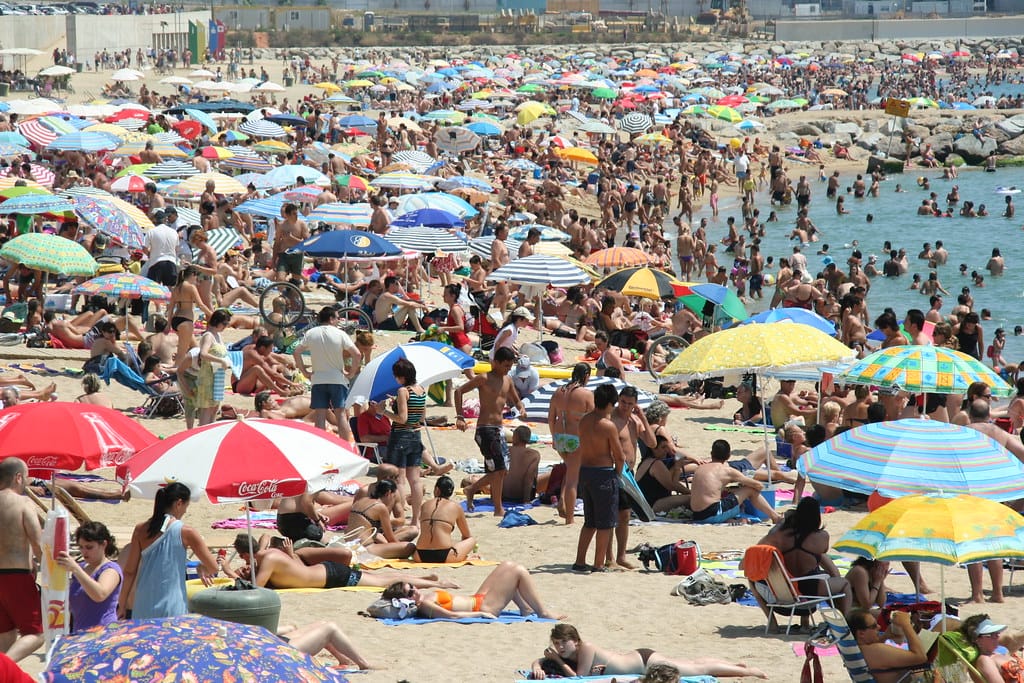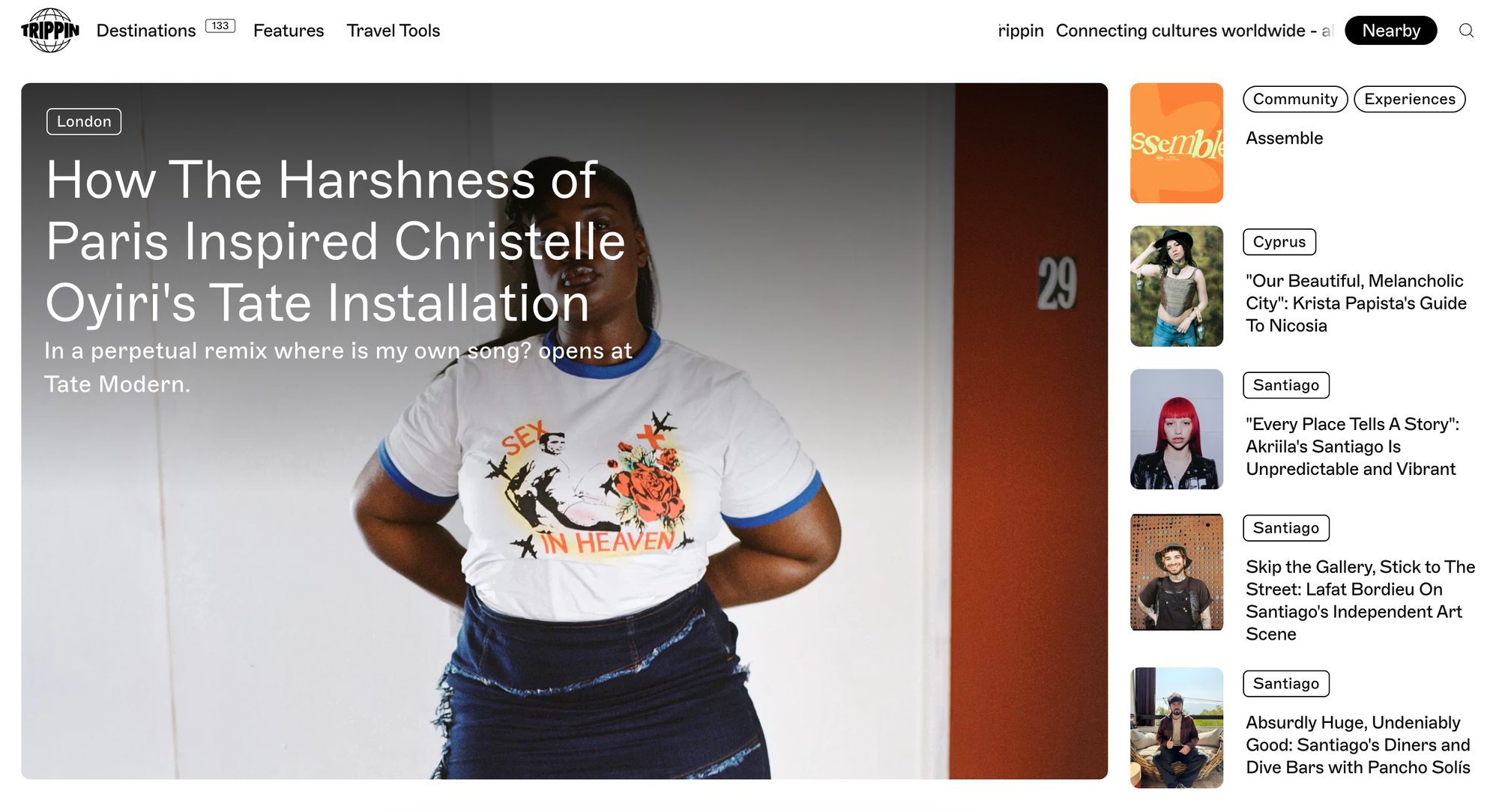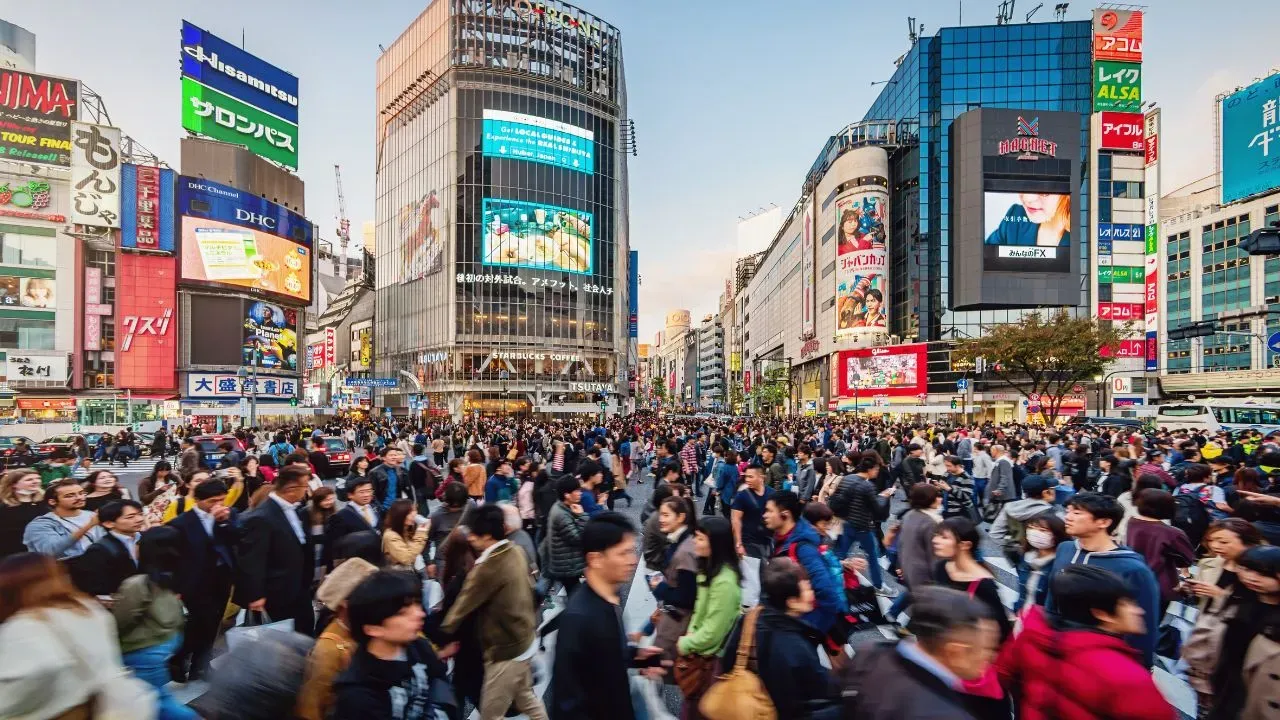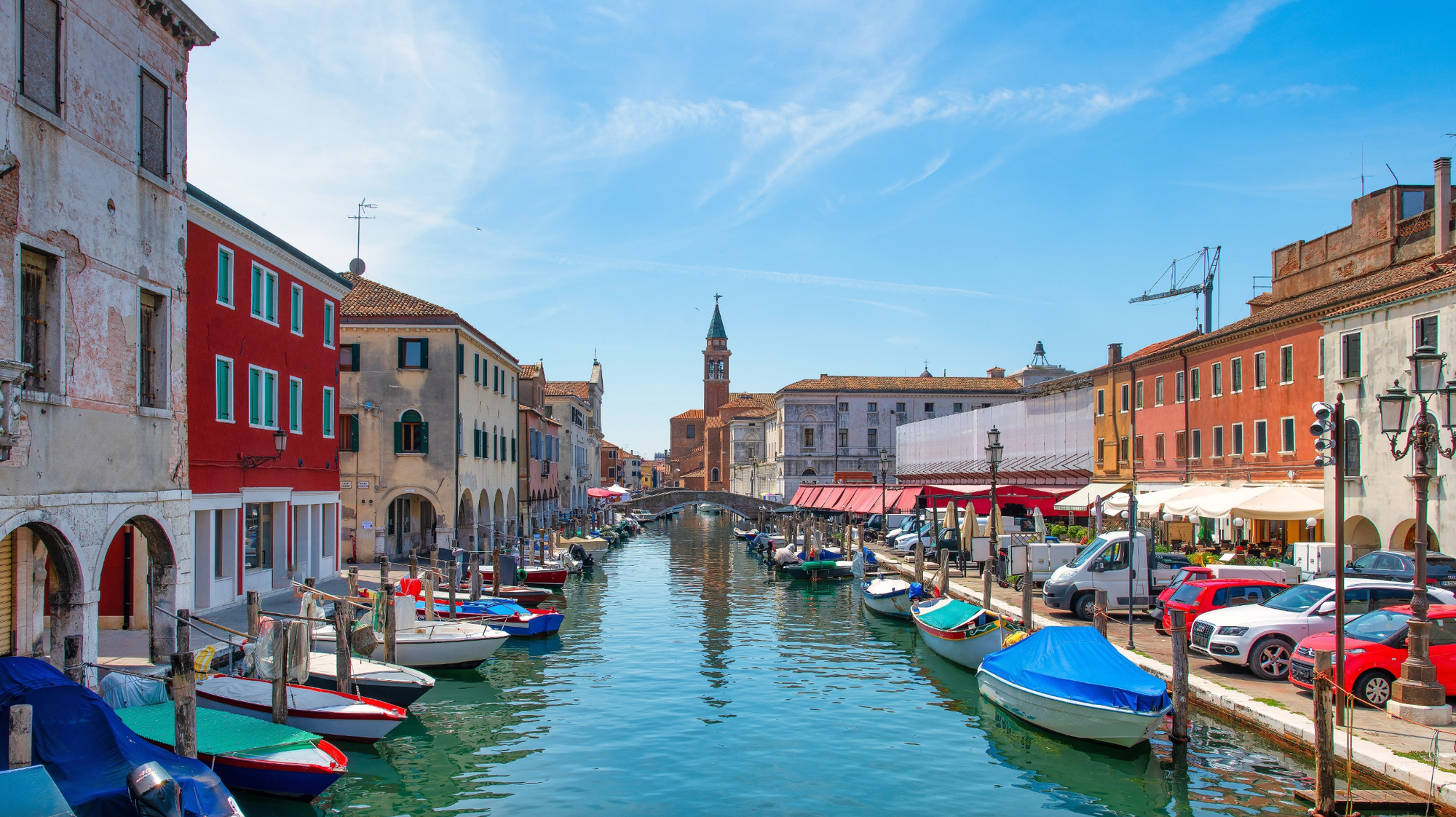Tourists Go Home
They come for the charm, but leave behind chaos. Has tourism reached a breaking point?

In early June, a coordinated campaign across Europe took cities like Barcelona, Lisbon and Palma de Mallorca by storm. According to The Guardian,
“The seeds for the joint day of action were sown in April after groups from Spain, Italy, Portugal and France gathered in Barcelona for a days-long conference under the umbrella of the Southern European Network Against Touristification.”
This movement isn’t limited to Europe. Last year, Kyoto implemented a ban on tourists entering the geisha district of Gion, following numerous incidents of visitors harassing geishas for photos and touching them without consent. Our SEED CLUB members had a lot to say on the topic, starting with Jessica Pinkett who shared that on a recent trip to South Korea, Seoul’s Bukchon Hanok Village had a visitor curfew, allowing access only between 10am. and 5pm.
But what’s the real issue here? Is it mass tourism or the housing crisis? Is the problem really tourism – or is it the “Instagram tourist”? Is it perhaps time to rethink how we travel?
Mariella Agapiou introduced the idea of regenerative tourism, which emphasises leaving a place better than you found it. While this might sound utopian, VisitBritain.org – the UK’s national tourism agency – describes it as supporting tourism businesses and growing the visitor economy in an inclusive, accessible and sustainable way, ensuring that all parts of England remain fantastic places to visit.
But how can this movement co-exist with the current “Extreme Day Trip” trend that’s all over social media? If you haven’t seen it, it’s about flying abroad early in the morning and returning to your own bed by night. A quick TikTok search returns 2,272 videos, and Google Trends shows clear growth over the past 12 months. (Carbon footprint? Never heard of her.)
Gertruda Gilyte then referenced a quote from cultural theorist and strategist Matt Klein:
“For every push, there’s a pull, and for every action, a reaction. And more often than not, contradictions or polar opposites in culture are related to one another.”
Personally, I love to travel. But I genuinely want to be less disruptive when visiting a place. I remember when I lived in Barcelona and visited friends near Parc Güell, which was only served by a small bus. Locals couldn’t get on because it was always packed with tourists. The city eventually removed that bus route from Google Maps – and it worked. I’d love to see more tech-based solutions like that.
I try to be mindful: I book hotels rather than apartments in cities where housing is tight for locals, and I avoid the usual tourist spots, seeking off-the-beaten-path alternatives. In Kyoto, I found a bamboo forest that was completely empty instead of the famous Instagrammed one. This slower, more intentional way of traveling takes more time and planning, but if we’re serious about sustainable tourism, awareness – and effort – will be essential.
Here's some more takes on the topic from SEED CLUB ...

I was recently in Venice for a friend’s wedding – she’s a local who now lives in London, though her family still lives in the city. While the celebration was intimate and heartfelt, it was impossible to ignore the sheer volume of tourists. Every street felt saturated, and even basic tasks like getting around became difficult.
A friend messaged me about the city, half-jokingly: “Is it romantic or can I just not reach a hospital easily?” That tension captures the core problem. Venice increasingly feels like it exists more for visitors than residents. With the full-time population under 50,000 and shrinking, the city is struggling to function as a living place rather than a backdrop.
While I was there, protests broke out ahead of Jeff Bezos’s planned wedding in Venice. The symbolism wasn’t lost on locals: mega-yachts, luxury events and celebrity spectacles only deepen the sense that the city is being turned into a stage set for the global elite.
Venice is far from alone. Cities from Amsterdam to Kyoto are contending with the economic lure of tourism versus its social and environmental costs. But Venice, with its fragile infrastructure and sinking foundations, makes the stakes unusually visible.
The question facing cities like Venice isn’t whether tourism is good or bad – it’s about limits, priorities and who ultimately gets to shape a city’s future. Without careful choices, the places people travel to see may disappear – not physically, but in meaning. And as climate risks and economic pressures mount, cities like Venice are being forced to choose – between short-term gain and long-term sustainability, between spectacle and soul. The world should be paying close attention.
John Sunyer is a writer and editor of Protein XYZ

Local communities must play a central role in shaping tourism policies – especially since they’re the ones who carry the burden of its impact. Fortunately, attitudes toward travel are beginning to shift. While more people are becoming conscious of the climate crisis, others are growing increasingly wary of TikTok’s oversaturation of so-called “hidden gems.” With overtourism on the rise, many conscious travellers are choosing lesser-known destinations, visiting during off-peak seasons, and turning to locals for more authentic recommendations.
Platforms like Roadbook, Trippin and Soli are great places to start exploring more mindful travel options. For those looking to avoid contributing to overcrowding, Fodor’s No Travel List highlights destinations to steer clear of, while Intrepid Travel’s Not Hot List showcases overlooked alternatives. And one simple way to give back to local communities on your next trip? Skip the internationally-owned corporate hotel and stay at a locally owned guest house instead.
Mariella Agapiou is a writer, strategist and researcher

It’s complicated, right? I live in a fairly tourist-dependent area – the New Forest – and for all it bugs me when bovine tourists block roads or feed pasties to the ponies, I’m very glad of everything they bring to the economy. It’s also nice they appreciate our beautiful part of the world.
I’m not a very intrepid traveller normally, but with the family I have just been around Japan and the Veneto, including a day in Venice. Although we planned consciously to avoid the obvious and be respectful, it was impossible to avoid at certain points feeling like we were joining a herd, traipsing around a place that no longer existed except as a theme park. It’s no wonder anti-tourism campaigns start, but then how well targeted are they? How genuinely grassroots?
Just this week it was announced Ibiza’s authorities are closing Sa Trinxa, one of the oldest and most beloved beach bars on the island due to “local objections”, but it appears rather like they are actually working corruptly at the behest of the megaclubs which bring in more, worse, but wealthier tourists. But what’s to be done in a globalised world, where growing middle classes in India, China, Brazil and everywhere else, and growing world population in general, are adding to the footfall in every place of renown, and everyone is increasingly reliant on algorithms to pick their itineraries?
I saw something the other day that said any suggestion beginning with “If everyone would just…” is on a hiding to nothing – and it’s true. Mass behaviour doesn’t shift just because someone thinks it should. Real change requires incentives, legislation and leadership. And tourism, of all issues, is deeply complex – it’s social, cultural, economic, environmental and technological, all at once. It’s also shaped by external forces like war, climate change and economic instability.
Sure, we can all give small nudges in the right direction – by travelling in more sustainable, respectful and low-impact ways. And tourist destinations can help too, by offering services and information that encourage visitors to be more mindful, rather than defaulting to the lowest-common-denominator, point-click-and-’Gram style of travel. But the real question is: can we persuade governments and corporations to incentivise and prioritise responsible, sustainable tourism? That, to put it mildly, is the real challenge.
Joe Muggs is a journalist

There is a boat tour that passes in front of my bedroom, living room and kitchen balcony every hour in high season. The boat turns around right in front of us, so every single tourist can see us choosing our clothes, getting undressed, working out, cleaning, cooking – all at a distance of about 30 meters, eye-to-eye. Keep in mind, in Chioggia, air conditioning is a luxury and summers are very hot.
We started walking around naked in our own home just to reclaim the space as ours and to push back against some of those unwanted gazes (yep, people tend to look away faster – and for longer – that way). This is the reality of over-tourism in the Venetian Lagoon, and it’s too real to ignore.
In Chioggia – the second largest commercial fishing port in Italy and thankfully still home to many working class families – over half of the general stores dedicated to residents have closed, as tourist rentals have swallowed most apartments in town. Short-term visitors couldn’t care less about buying quality DIY hardware, kitchenware or cleaning products. The deli store, selling a selection of cheeses and charcuterie by the slice, went out of business in favour of yet another bacaro: a fast-casual aperitivo place just like 10-20 other ones within a 150-square-metre radius. Same for the sewing goods store, the local taverna where locals used to hang out for cheap meals – all replaced by fake-authentic, born-yesterday drink-and-keep-walking joints.
Residents I know now plan daily activities in the negative spaces that over-tourism leaves open. We eat out at lunch, rarely for dinner, and NEVER on weekends. We go grocery shopping away from the hours when cruises, buses and water taxis arrive. We remember to check the local events page before inviting friends over, because parking would be impossible. We book bread, croissants and any ready-to-eat delicacy by phone as soon as we wake up. Most importantly, we make sure to go for a walk (or a run!) in our home streets when tourists are still asleep.
The worst feeling isn’t waiting in line to accomplish simple things, though. What’s unbearable is feeling like an extra in someone else’s picture or Instagram story. Your body, your personhood, becomes an asset to mass-tourism strategies that benefit from having you as part of the literal picture, while never asking for permission, negotiating boundaries or building any mutual exchange of value.
But I refuse to believe this is inevitable.
I realise that tourism now provides a livelihood for perhaps half to two-thirds of the island’s population. Still, there must be a way to make the experience more mutually meaningful – something deeper than a shallow, frustrating, in-and-out visit. I’d bet that many tourists would genuinely welcome the chance to meet locals, share real conversations and participate in authentic activities – not just the curated, gamified, feed-ready version of island life.
Imagine building communal spaces where local communities create opportunities for temporary visitors to come into close connection with them, helping with daily activities that are part of the DNA of local lifestyle, being guided through streets and learning to observe and interpret reality from the angle of someone whose ancestors have always lived there.
What if instead of boat tours voyeuristically circling our homes, visitors joined fishermen at dawn, learning to read weather patterns, helping to sort the catch, witnessing firsthand what it takes to bring fish to market, and how rarely it’s valued for what it truly costs to bring it there?
Maybe tourists, instead of flocking to bars sporting the exact same 10 menu items 365 days a year, could go on nature walks and be introduced to the seasons and rhythms of the sea and land here. They could help cook simple ingredients alongside locals, enjoying communal meals where everyone leaves enriched, not commodified.
Maybe we should remember that before we even had the notion of “going on vacation”, it was essential for travellers to be gentle while entering a new environment. You needed to show you were noticing local habits and paying respect to them. You had to negotiate your space within the pre-existing structure and understand the nature of your relationship with it. We somehow live under the assumption that being a tourist is an excuse to stop being social creatures and to assume everyone wants us there.
I’d be happy to meet fewer tourists and show the uniqueness of a place I love to “life researchers” instead. This isn’t impossible – organisations like Servas.org (for which I am a local host) are already pioneering this approach, treating travel as an instrumental tool to maintain and promote peace by facilitating meaningful and deep empathetic encounters, one connection at a time.
Alice Jasmine Crippa is a futurist and cultural strategist
| SEED | #8328 |
|---|---|
| DATE | 19.06.25 |
| PLANTED BY | MALENA ROCHE |
| CONTRIBUTORS | ALICE JASMINE CRIPPA, JOHN SUNYER, JOE MUGGS, MARIELLA AGAPIOU |


